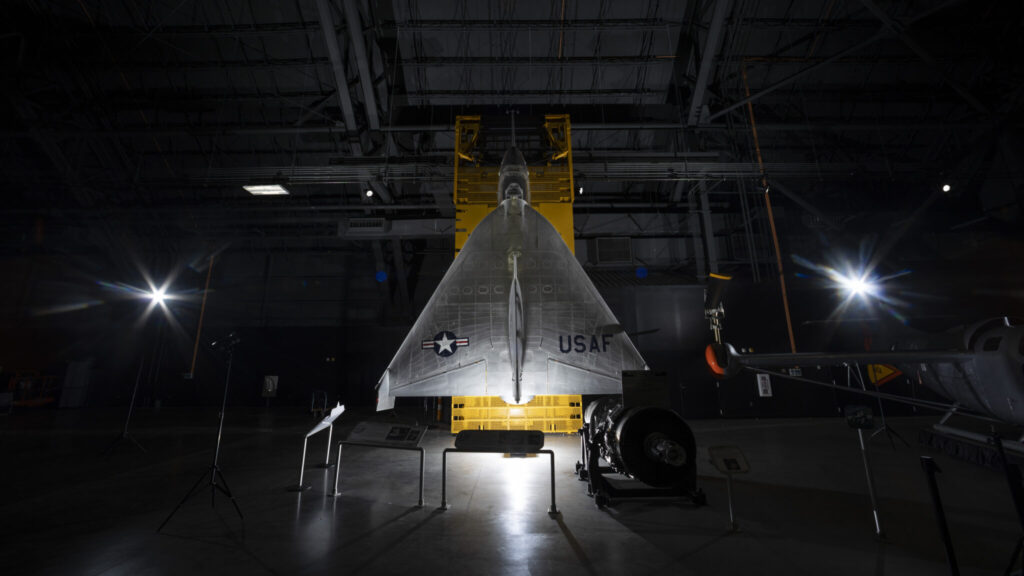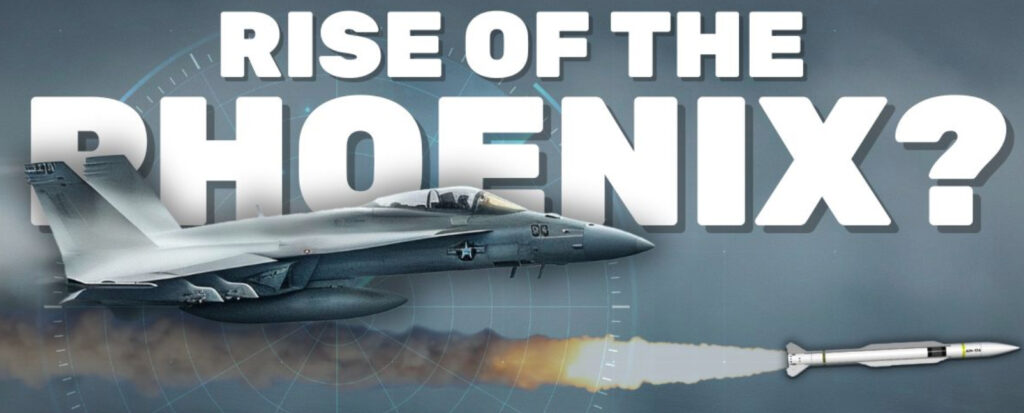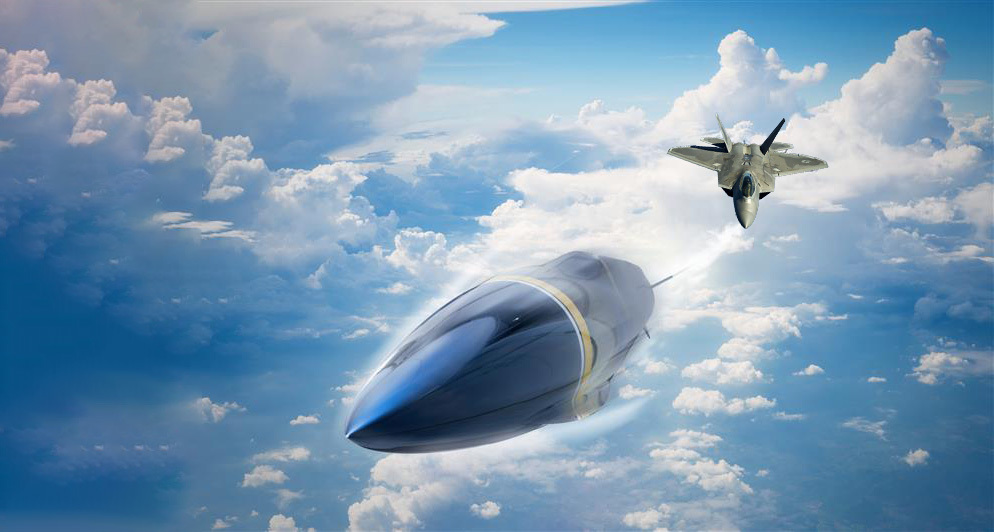Over the years, the United States has funded the development of a slew of experimental aircraft, more commonly known as X-Planes, to push the boundaries of aviation technology for the benefit of military and commercial aerospace programs. Some of these X-Planes went on to serve as the basis for operational military aircraft, while others began as operational aircraft before seeing significant modifications.
But not all X-Planes have such a clear lineage: Sometimes these platforms are so groundbreaking and unusual that they exist solely as a one-off invention, without ever making the transition into more practical applications.
As Sandboxx News has previously written, sometimes these prototypes and technology demonstrators are simply too forward-leaning to be cost-effective. Other times, experiments with these platforms disprove the very hypothesis the platforms were built to explore.
And every once in a while, an X-Plane proves so new and different from the existing technologies of the day that we didn’t fully appreciate their value until years — or even decades — later.
Related: America’s secret stealth aircraft you’ve never heard of
1. Ryan X-13 Vertijet: VTOL capabilities in the ’50s
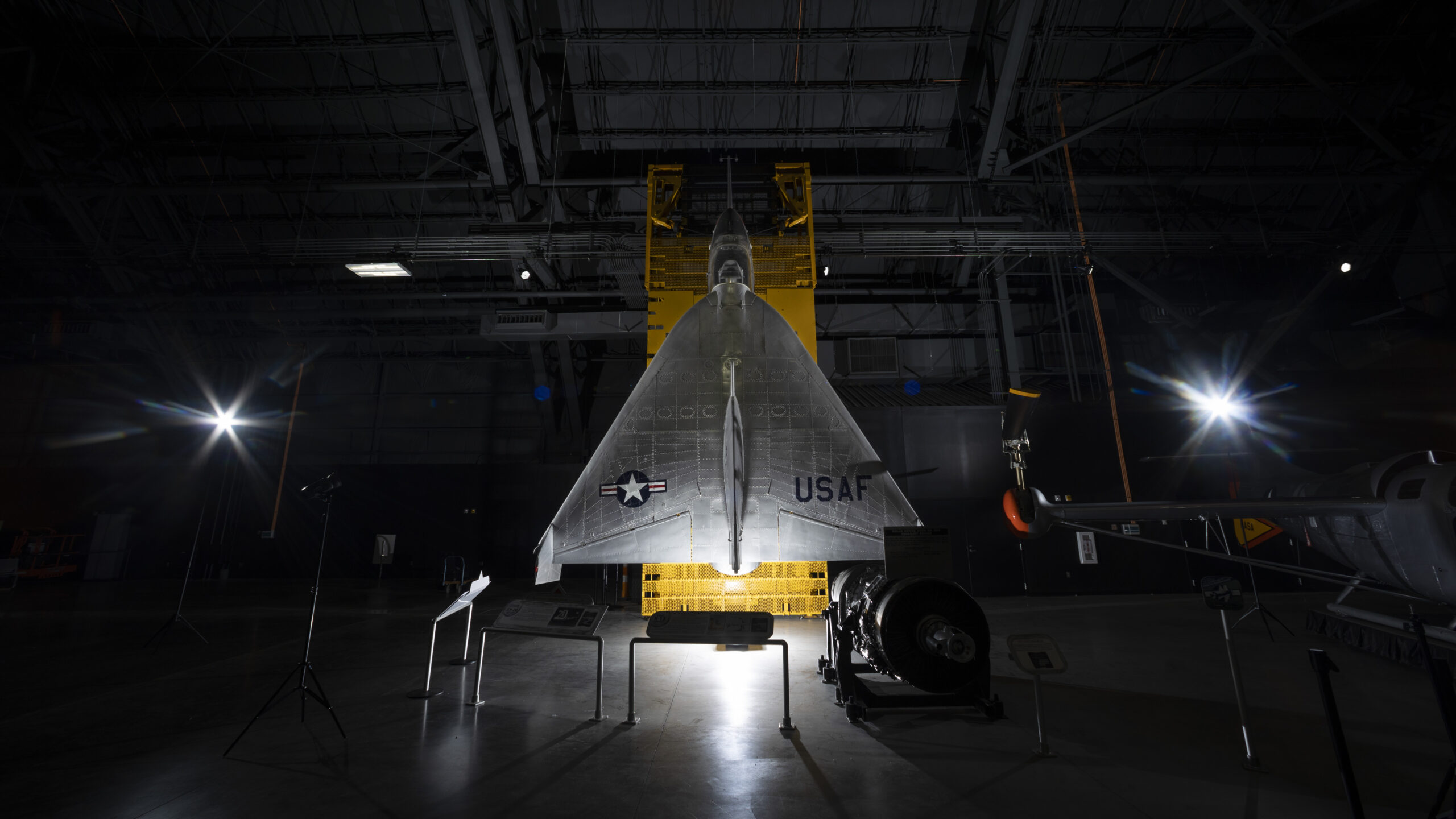
The Ryan X-13 was an X-Plane designed to assess the feasibility of using still relatively new turbojet technology to power a vertical take-off and landing (VTOL) aircraft. The premise for the aircraft was born out of Ryan’s FR-1 Fireball, which was the Navy’s first platform to carry a jet engine. When flying with low fuel levels, the Fireball had a thrust-to-weight ratio of 1:1, prompting the Navy to wonder if it might be possible to make it — or an aircraft like it — take off vertically.
This concept wasn’t necessarily novel: The U.S. had already experimented with tail-sitting aircraft for vertical take-off and landing in the Lockheed XFV and the Convair XFY, but after these efforts ultimately failed, the Navy sought to revisit the concept using new, more powerful, turbojet engines.
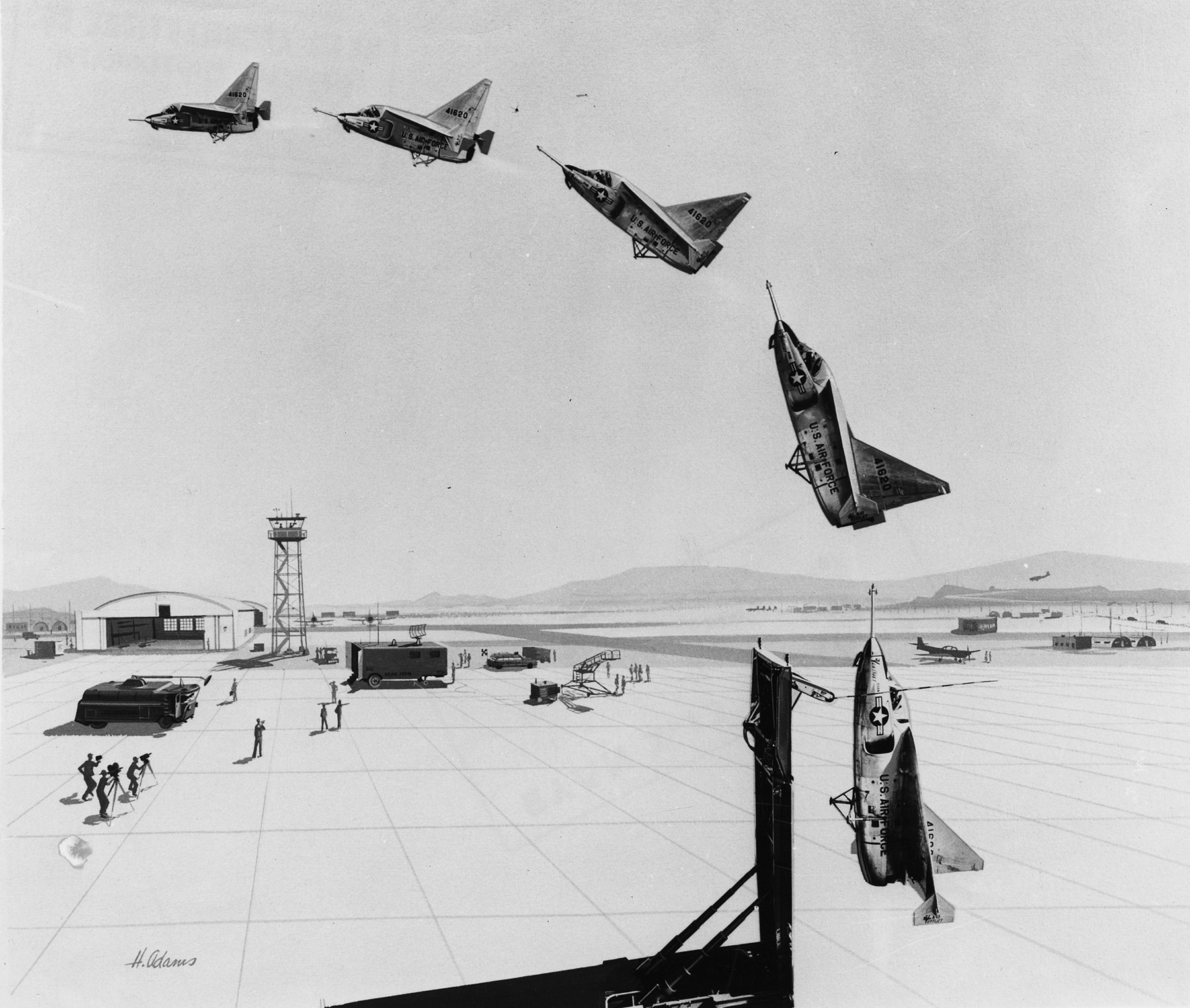
In 1947, the United States Navy’s Bureau of Aeronautics awarded Ryan a development contract for what would become the X-13 Vertijet. The aircraft made its first conventional flight, using temporary tricycle landing gear in 1955, and made its first vertical flight the following year in 1956. In April 1957, the X-13 became the first jet-powered aircraft to take off vertically, level off for ordinary flight, then re-orient to land vertically.
The jet-powered VTOL capabilities the X-13 demonstrated would go on to prove their value in the Hawker Siddeley Harrier in the 1960s and remain prevalent in today’s F-35B, but their value wasn’t apparent to the Navy at the time. The X-13 program was canceled in 1958.
Related: America wanted vertical take-off fighters for a nuclear WWIII
2. Lockheed X-17: Hitting Mach 14.5 in 1957
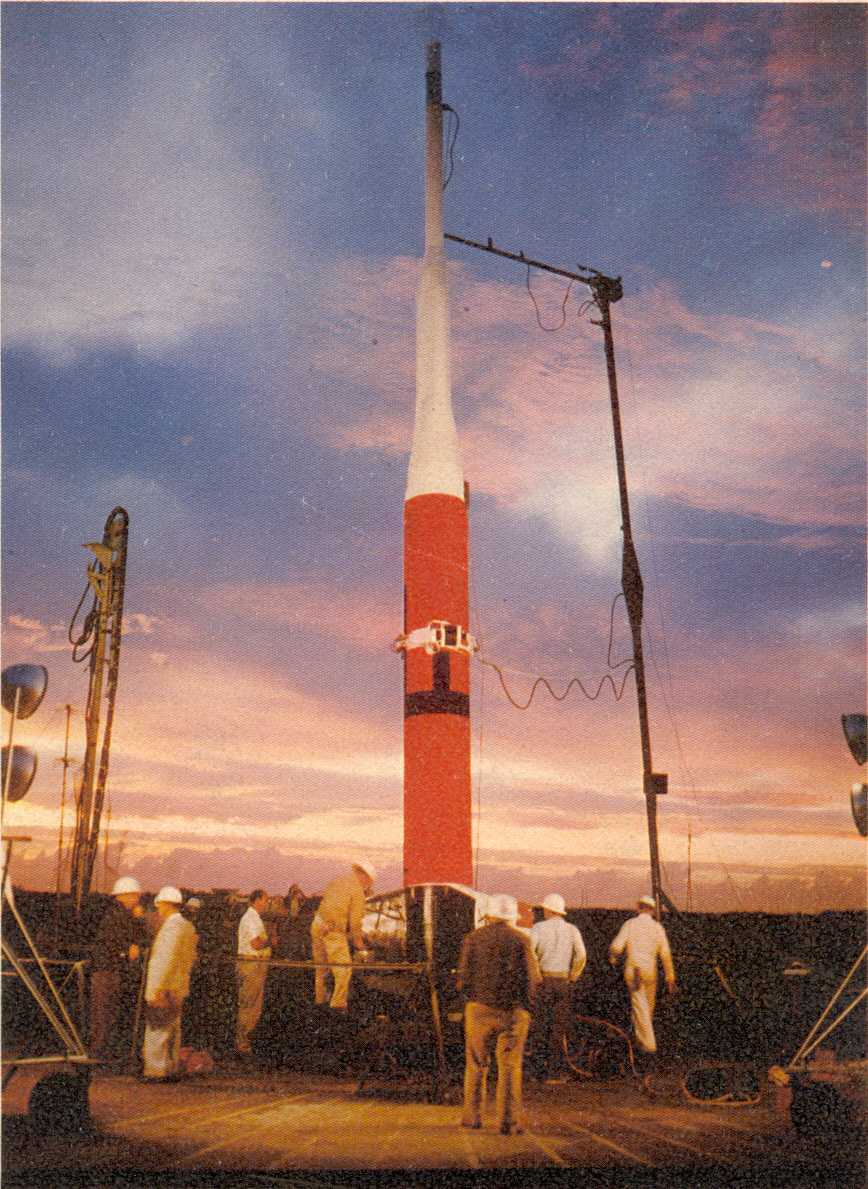
Not quite an X-Plane, more like an X-Rocket, Lockheed’s X-17 was a short-lived but foundational program for America’s ballistic missile and nuclear deterrent efforts. The effort’s primary focus was to assess the stresses nosecone materials and design shapes would be placed under during high-speed re-entries. Findings from the program were fed directly into the fledgling development of intercontinental and submarine-launched ballistic missiles.
The U.S. Air Force awarded Lockheed a contract for the rocket’s development in January 1955 and the program hit the ground running, fielding its first 1/4 scale prototype for testing less than five months later, on May 8. Half-scale prototypes followed just a few months later, and the first full-scale X-17 launched on August 26, 1955.
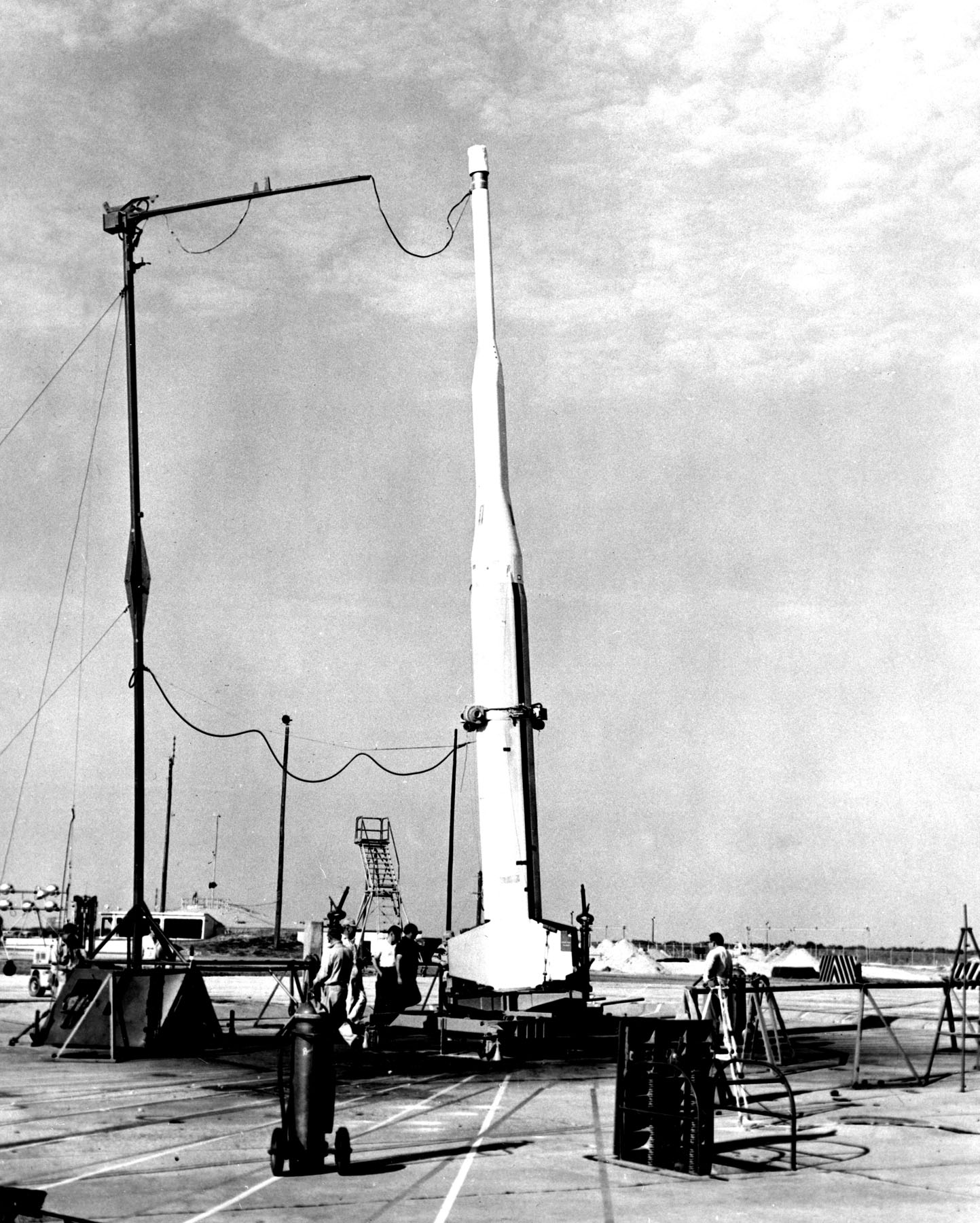
The full-scale X-17 incorporated three solid-fuel rocket stages, with the first powering the system to about 90,000 feet before burning out but remaining in place. The rocket’s momentum continued carrying it all the way up to 500,000 feet before the rocket began an uncontrolled fall back toward the ground. Once the rocket fell to between 90,000 and 70,000 feet, a pressure sensor on its fins activated an explosive device to separate the first stage just prior to the second stage firing. The second stage would fire for only seconds before the third stage engine was engaged, accelerating the platform to speeds of around 10,000 miles per hour.
The entire X-17 flight usually lasted only a bit more than six minutes, with some tests recording speeds as high as Mach 14.5 during its powered descent.
Related: Game-changing military aircraft that were canceled before they could change the game
3. Grumman X-29: The real-life GI Joe fighter
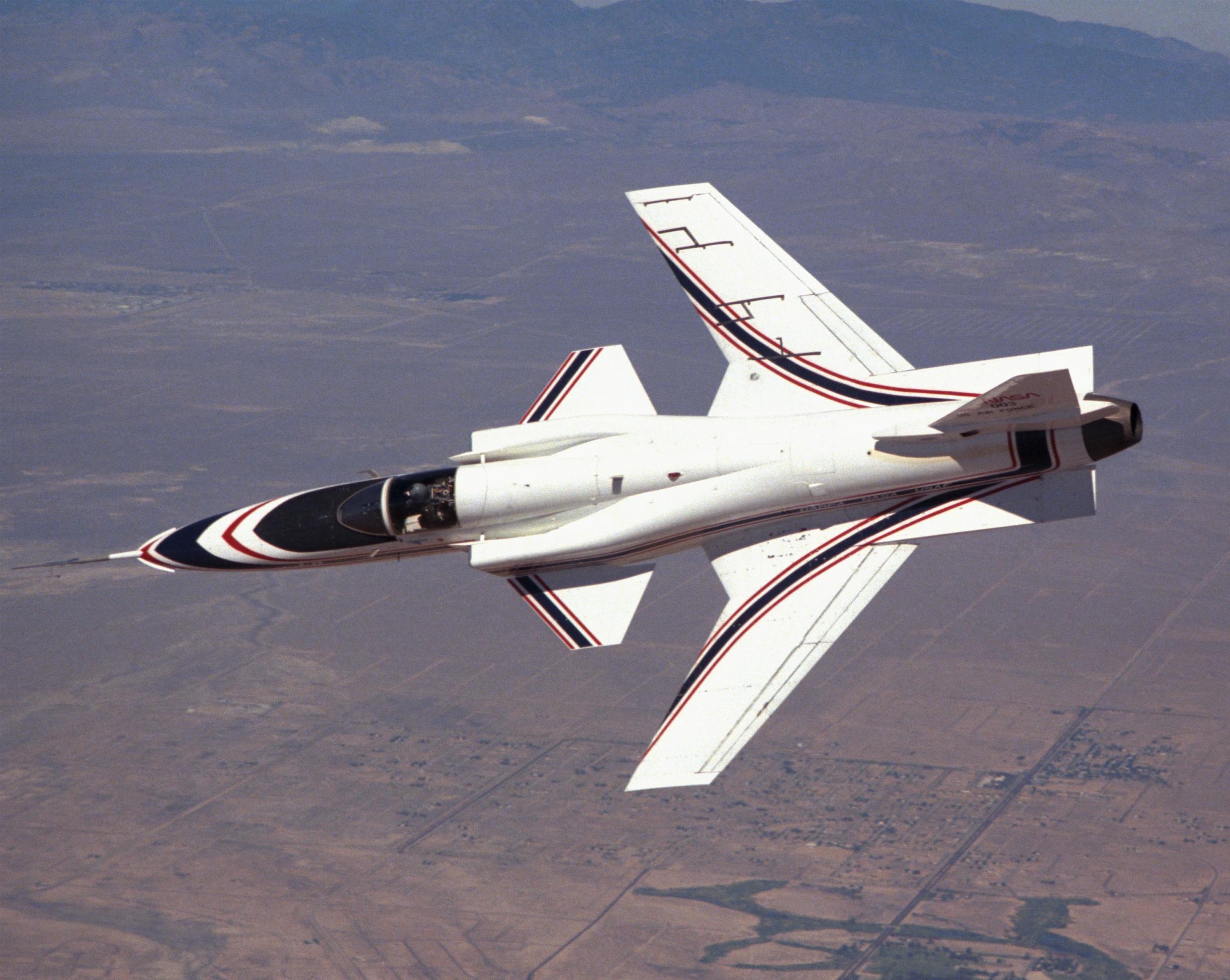
Rocking one of the more unusual wing designs you’re likely to come across, the Grumman X-29’s backward-facing wings were so striking that this aircraft became the direct basis for GI Joe’s X-30 Conquest. But this program that spanned much of the 1980s ultimately wouldn’t make it past 1991.
The intent behind the X-29’s rear-mounted, forward-swept wings was to create an inherently unstable platform that leveraged increasingly capable flight computers to maintain control. That instability could allow for faster and more dramatic maneuvering. Backward wings also offered a useful advantage when it came to stalling the aircraft. For traditional wing designs, air flows outward and stalls tend to start at the wingtip, limiting the airflow over the ailerons (control surfaces) and resulting in a loss of control. But with backward-facing wings, the air flows in toward the fuselage and as such, stalls tend to start in the middle of the aircraft, allowing airflow to continue over the ailerons for continued control.
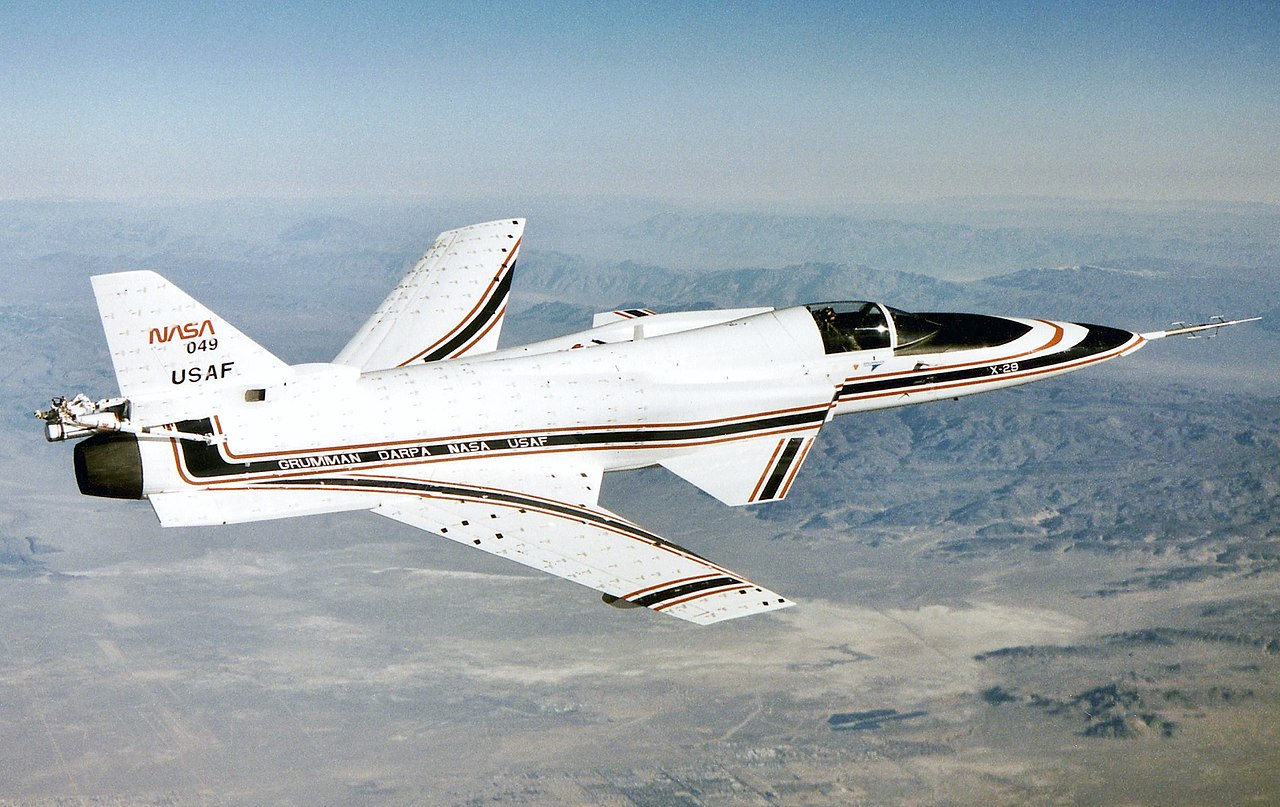
But the instability of the aircraft, despite being the design’s intent, proved to be too much. As explained by Christian Gelzer, chief historian at the NASA Armstrong Flight Research Center, the X-29 came with a stability factor of as low as 65%; in contrast, the highly maneuverable F/A-18 flies with a stability factor of 95%. In fact, experts assessed that if the X-29’s three flight computers were to fail simultaneously, the aircraft would literally fly itself apart in extremely short order.
The X-29 backward-facing wings were also subject to extreme twisting forces during maneuvers, which meant they had to be significantly reinforced. As metal wings would have proven too heavy, X-29’s engineers were forced to turn to advanced composite materials. And while the X-29’s backward wings wouldn’t catch on, using those high-strength but low-weight composites soon became standard practice across nearly all new aircraft designs, giving this X-Plane a lasting legacy despite its short lifespan.
Read more from Sandboxx News
- This is why the Air Force ran short of money for personnel
- US soldier who crossed into North Korea was pending disciplinary action
- MARSOC Raiders to deploy in smaller, tech-loaded teams as conflict gets more complex
- Did you know that the last trench gun survived until the Iraq War?
- These are the 5 best service rifles the US military has ever had
